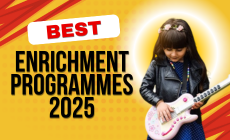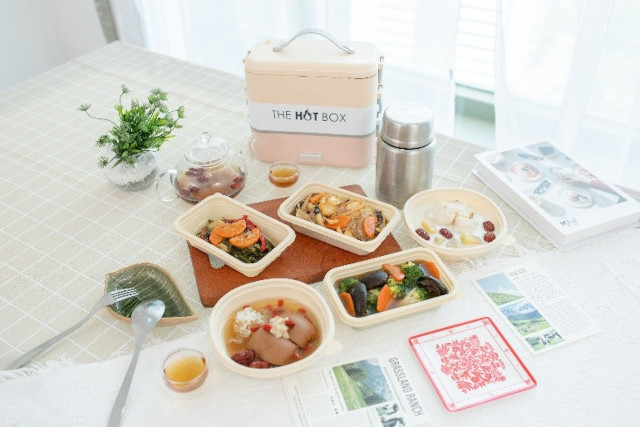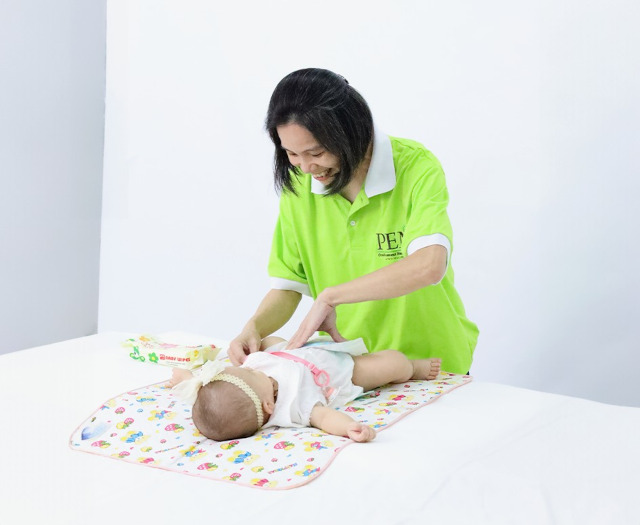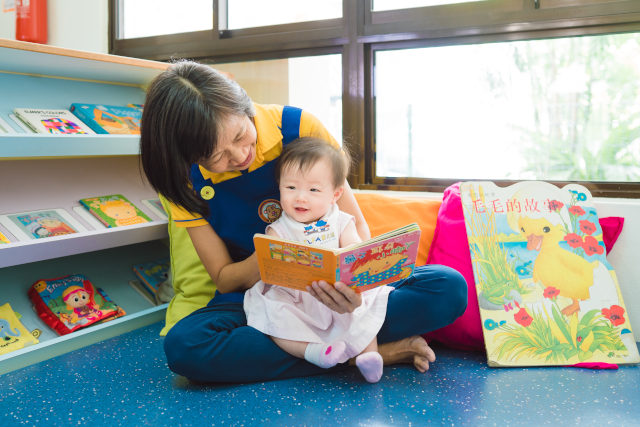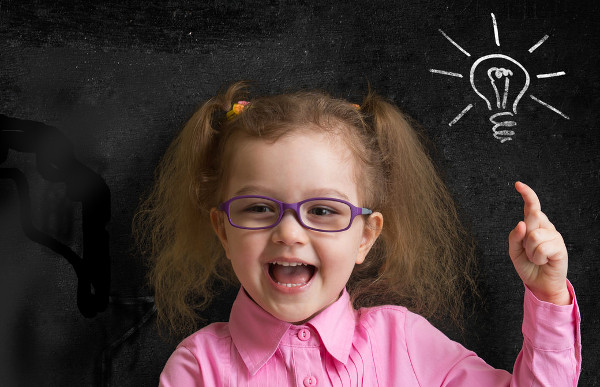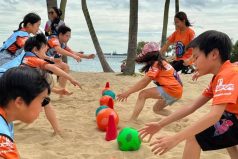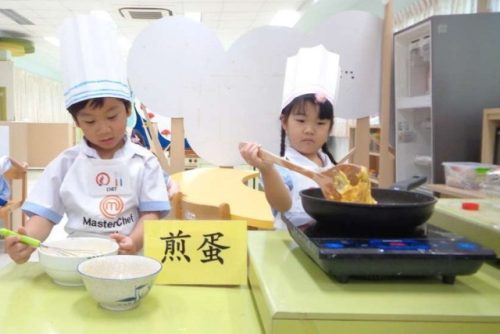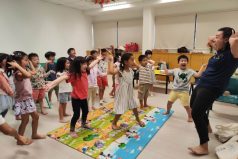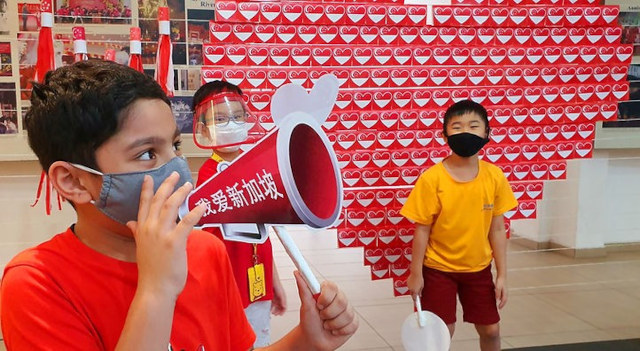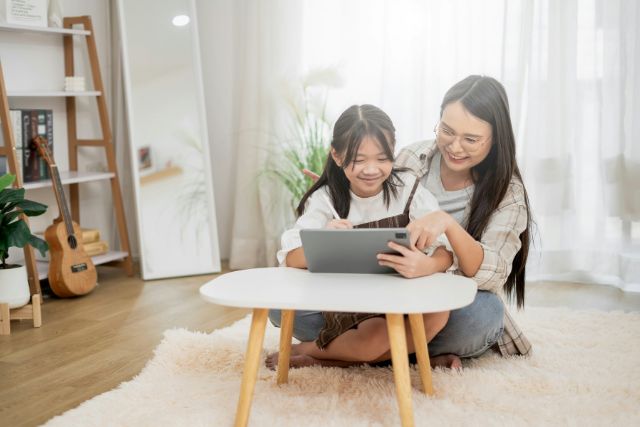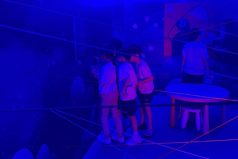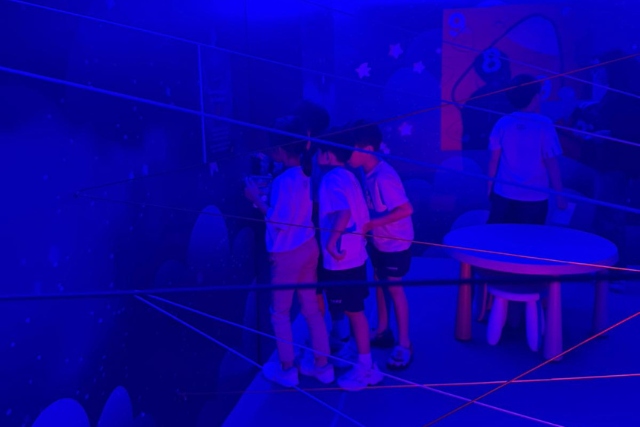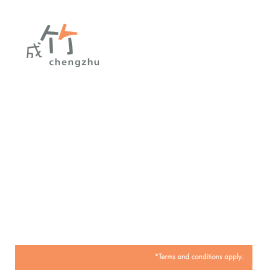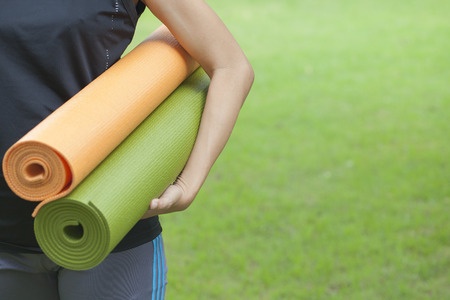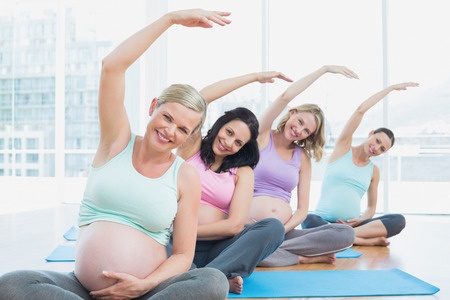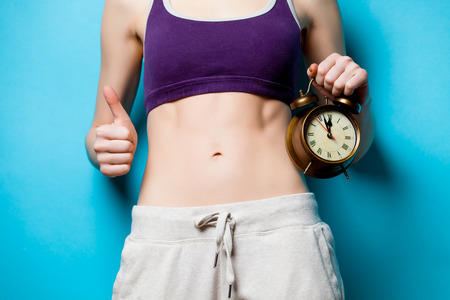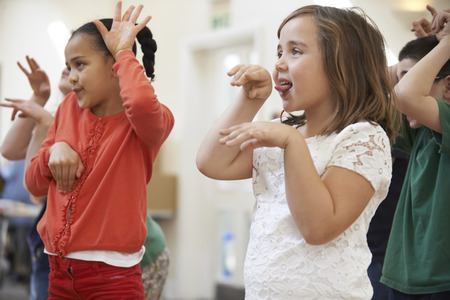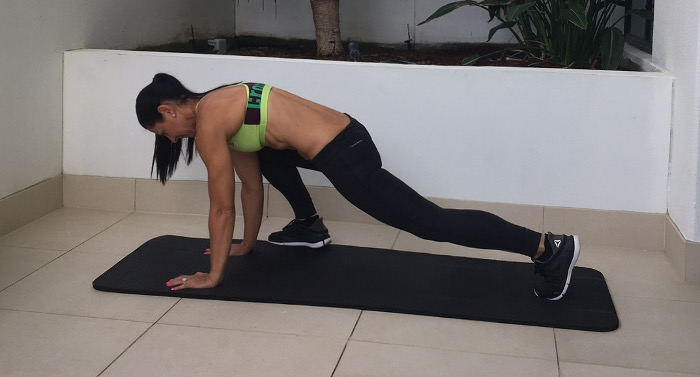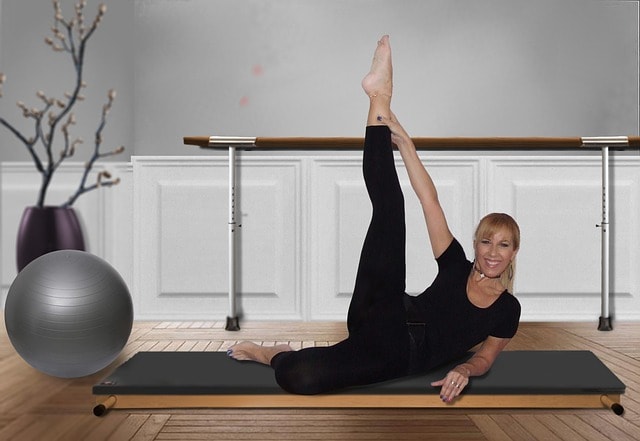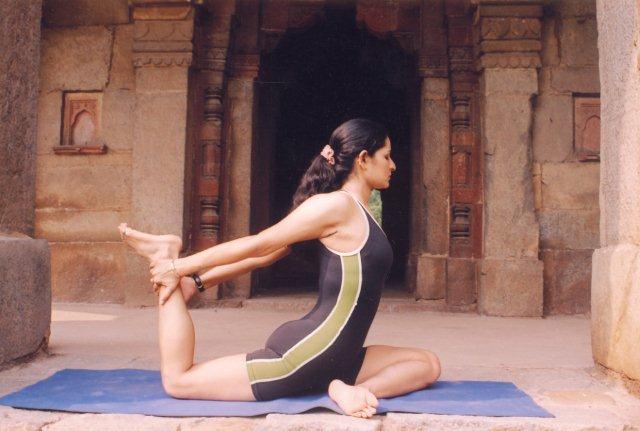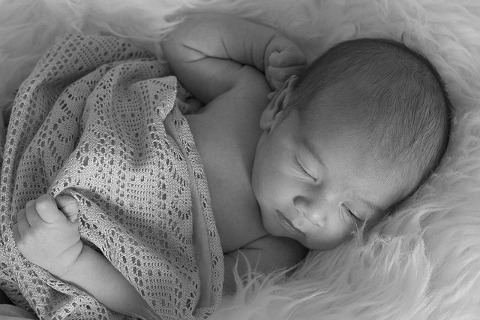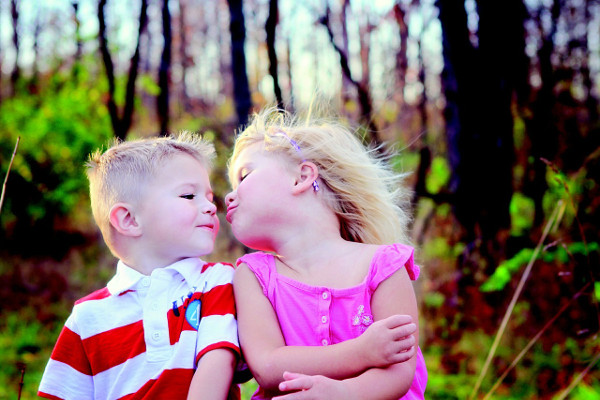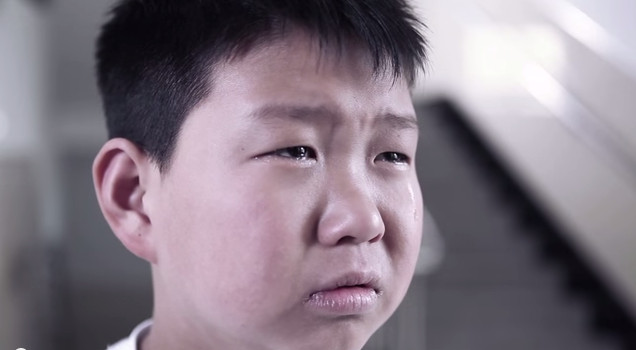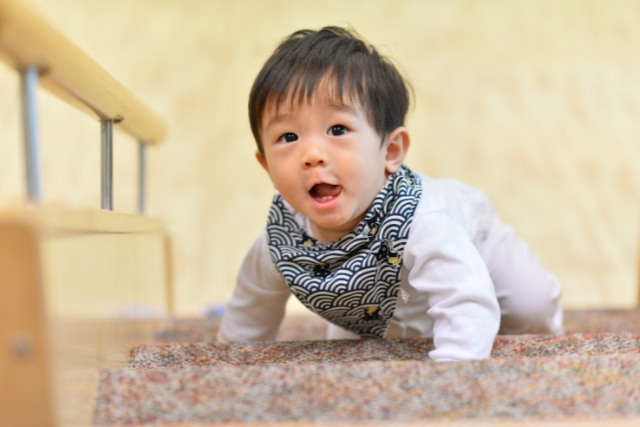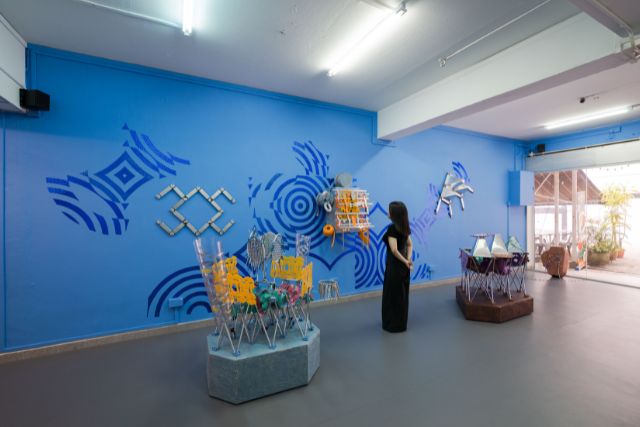The benefits of yoga 🧘♀️🧘♂️ not only help busy adults manage their lives better, but it also benefits children greatly by teaching them how to control their energy, mood and impulses. This age-old technique that helps children achieve a state of calm and promotes mindfulness from an early age.
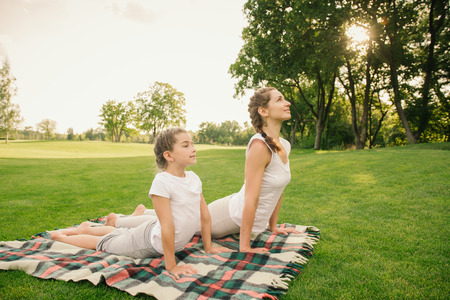
Here are 8 easy yoga poses for children.
Note: The first two recommendations are pranayama or simply “breathing” exercises. These two can be done by children from the ages of 3 onwards.
1. Lion’s Breath
Sit on the heels with hands splayed wide on the knees, like a lion’s paw. Inhale deeply through the nose and exhale through the mouth, pushing the air out in a load “rooooar” sound! Repeat several times.
Benefits: This posture is great for stretching out the ankles, knees and hips. The breathwork relieves tension in the body, reduces cortisol in the bloodstream and calms the nervous system, all of which will allow your child to enter a more relaxed state of mind.
2. Belly Breathing
While laying flat on their back with their eyes open, have your child place their hand or a small soft toy on their belly. They can then easily watch the rise and fall of their breath allowing the child to have fun while practising deep belly breaths.
Benefits: This pranayama promotes the child’s connection to their breath and enhances physical awareness, while also releasing stress and emotions held in the body.
The next two suggestions are grounding postures, which can be practised at any age.
3. Mountain Pose (Tadasana)
Stand perfectly straight with feet together or just slightly apart, arms relaxed by the sides of the body, palms facing forward. Inhale to roll the shoulders up and exhale, then allow thee shoulders to meltdown.
While keeping the spine straight, continue to inhale and exhale through the nose, growing taller by reaching the crown of the head towards the sky.
Tip: Children who haven’t yet mastered standing straight can practice this posture against a wall.
https://youtu.be/sTTMY8OYO2Y?t=24
Benefits: Mountain pose is an extremely accessible pose and a basic starting point of any yoga class, for good reason: mountains are strong, steady and unwavering. Use this pose to help kids feel steady and powerful, and remind them to become a mountain anytime they feel as if they may blow with the wind.
Mountain pose can help children feel more grounded in their own beliefs and values, and from a physical standpoint, it can help with both posture and strengthening of the legs.
4. Child’s Pose (Balasana)
While on all fours with the big toes touching, have your child sink their hips back to sit on the heels and then have them walk their hands forward as far as they can, allowing the forehead to come down to the ground and rest on the mat.
Encourage your child to focus on the earth beneath them, supporting them, and remind them to sink their hips more into the ground with every exhale, and to stretch their body forward with the inhale.
Benefit: Child’s pose is traditionally a relaxing pose, often used for recovery. It can help children come back to a more focused state of mind after other dynamic activities in class. It also provides a great stretch for the back, side body, hips and knees.
The next two poses are balancing poses, which are best suited to practitioners age 3 and up.
5. Tree Pose (Vriksasana)
Have your child begin in mountain pose, and then begin to transfer weight into one foot. Instruct them to lift their foot with less weight, and then bend it and place it on the inside of the standing leg, below or above the knee. For younger kids, the best placement for the foot is very low to the ground, near the ankle.
This pose may also be done against a wall for those who are just trying for the first time. While grounding through the standing leg for stability, encourage your child to turn the lifted leg to the side, keeping the sole of the foot firmly pressed on the inside of the standing leg.
Then, have your child place their hands together at the heart, or allow their arms to extend and grow like branches. You can even pretend to be the wind, and your child can practice resisting the forces of nature that try to make them sway.
Benefits: Both balancing and grounding, tree pose promotes security and equilibrium in the body. It strengthens the muscles in the thighs, corrects posture and helps children develop a steady gaze.
6. Warrior III (Virabadrasana)
Starting from mountain pose, your child should bring their hands to their heart, and then shift their weight into one leg. With their gaze steady on one point, they should then begin to bend forward with the torso, lifting the back leg into the air. Have them stay here and level the hips.
For an extra challenge, they can extend their arms forward. To modify this pose, your kiddo can use a chair or the wall in front to place hands on for extra support.
Benefits: Warrior 3 is perfect for improving balance and flexibility, while also strengthening both the legs and the entire back side of the body, including hamstrings, calves, the lower back and shoulders. It also helps to tone the core and improves coordination.
The last two postures we recommend are back bending asanas, most suitable for ages 4 and up.
7. Bow Pose (Dhanurasana)
When laying flat on the belly, the child should bend the knees so the feet reach towards the bum. Once set up, they should reach their hands back and grab their ankles.
On the inhale, encourage them to kick their legs into the palms and then attempt to lift the chest away from the floor. Have the child stay in the position for several breaths before releasing the pose.
An optional challenge, for older kids, is for them to roll to one side and then the other in this pose, stretching the shoulders more deeply. Children can pretend to be rocking boats in the rough sea, going back and forth, then side to side.
Benefits: Bow pose opens the chest, shoulders and hip flexors, and strengthens the entire back. It also massages the digestive organs.
8. Cobra Pose (Bhujangasana)
Another posture that begins with laying flat on the belly, have your child then bring their palms underneath their shoulders. Pressing into the palms, they should lift their upper body on an inhalation.
Then, cue the child to lift the chin, pull the shoulders back tighten the abdomen, firm the buttocks and then arch their spine to a comfortable level. They should hold this pose for 15 to 30 seconds.
Benefits: Cobra pose works as a heart opener and can elevate a child’s mood and general outlook. It also stretches the chest, shoulders and abdominal muscles, and strengthens the arms, back and glutes. Additionally, it aids in digestion.
By Jessica Davies Dent at Pure Yoga Ngee Ann City.
* * * * *
Like what you see here? Get parenting tips and stories straight to your inbox! Join our mailing list here.
Want to be heard 👂 and seen 👀 by over 100,000 parents in Singapore? We can help! Leave your contact here and we’ll be in touch.


